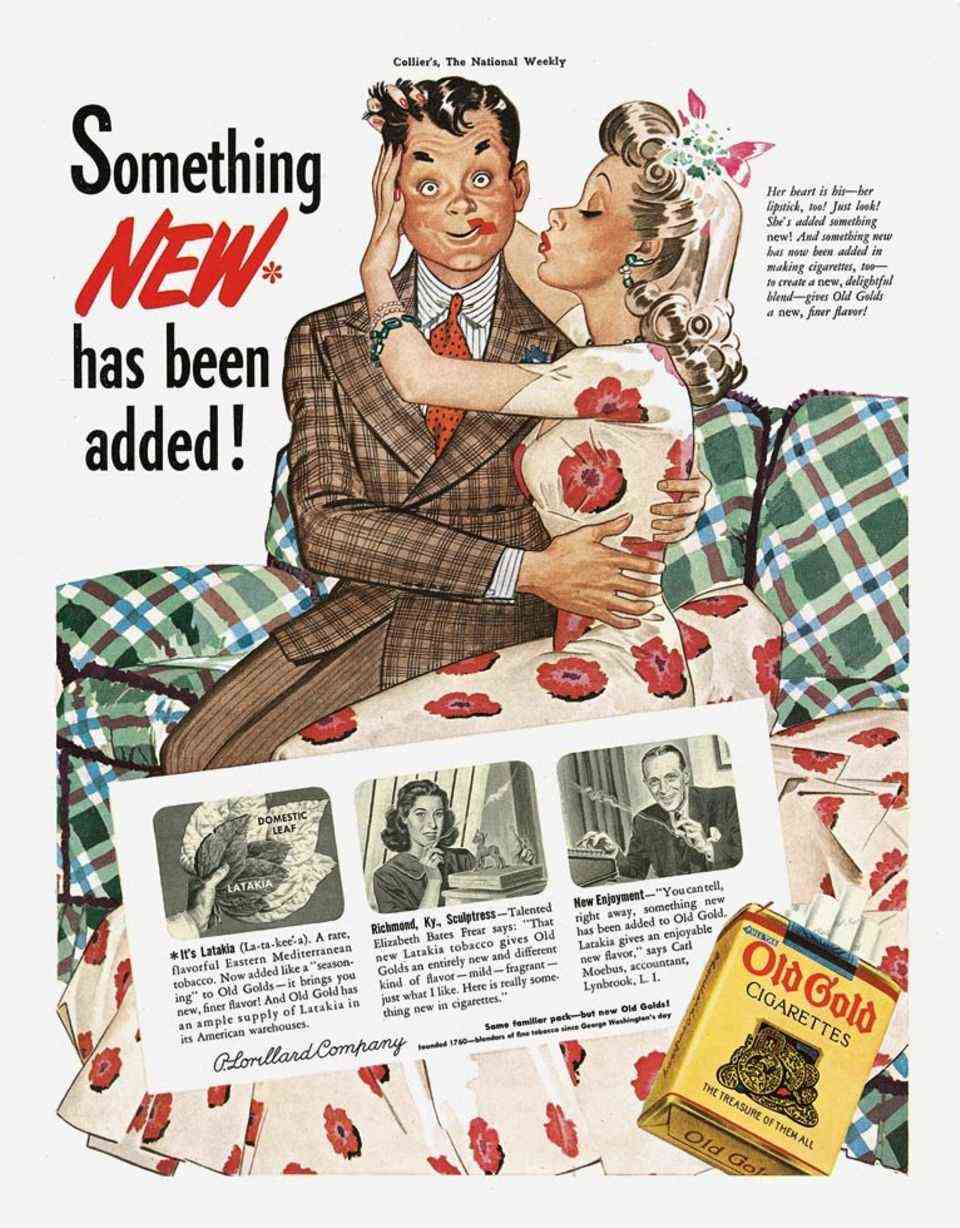65 years ago
In the beginning there was a detergent: How the advertisement got on German television
The first commercial on German television: The comedian Liesl Karlstadt (left) and the actor Beppo Brem advertise a detergent
© Picture Alliance
65 years ago, a German TV station showed advertising for the first time. The BR took on the pioneering role – and changed television forever. Before that there were big discussions.
It all started with a mishap in a restaurant. A couple is sitting at the table, the man stains the tablecloth, the woman is embarrassed by the scene. The manager of the restaurant, on the other hand, reacts calmly: “Thank God for that there is Persil!” Which leads the husband to the rather macho statement that this is the difference between the woman and “the fine man”: “The educated person simply says Persil . Persil and nothing else. “
This is what it looked like, the beginnings of advertising on German television. On November 3, 1956, 65 years ago, Bayerischer Rundfunk (BR) broadcast the 55-second commercial for the detergent manufacturer Persil as the first advertising film. The roles of wife and husband were taken on by comedian Liesl Karlstadt and actor Beppo Brem. A turning point in German media history – and a decision that was by no means undisputed even then.
65 years of advertising on German television – a media event
The Germans were already used to advertising in moving images. Short commercials have been shown in cinemas for a long time before the films. For a long time, advertising in television programs was not allowed at all. Critics feared that advertising would diminish the level of television, which is already viewed with suspicion by many, and that the independence of the broadcasters could be lost in the battle for advertising revenue. The newspaper publishers, for their part, did lobby work because they feared for their own income. It was not until May 1956 that the BR Broadcasting Council agreed, also in order not to lose touch with a phenomenon that could no longer be stopped. As a public-law institution, it was hoped to be able to show the necessary restrictions on advertising, in contrast to purely profit-oriented private providers. Almost six months later, the first spot ran on the station.
It was embedded in the program “Between half an hour and eight” – and nothing less than a real media event. Franz Stadelmayer, the BR director at the time, publicly announced the premiere the day before. The station extended its program by an extra half an hour, Back then the BR only broadcasted three hours a day. Other large companies such as Dr. Oetker or the Overstolz cigarette brand were there from the very beginning. The hard years of reconstruction after the war were over, the economic miracle picked up speed – perfect Requirements for companies to address the purchasing power of citizens via television.
Commercial television changed advertising
But advertising quickly became a flourishing business for the broadcasters as well. The receipts were initially still manageable, they amounted to around 200,000 D-Marks in the first year. The proceeds should be used for cultural purposes. But the new means could also be used aside from the pure financial advantages: Persil is said to have been given the historic role as the first product on German advertising television because the BR wanted to lease a plot of land for the company Henkel, the manufacturer of the detergent , belonged to. The other ARD broadcasters quickly followed suit, and when ZDF was founded as the second public broadcaster – also after long media-political debates – in 1961, it was clear from the start that the program would also run through advertising.

In 1981 the Federal Constitutional Court cleared the way for primarily advertising-financed private television; the first private broadcaster started in 1984. This opened up more opportunities for companies, put the public-law system under pressure – and also changed advertising. The spots have become faster and more emotional, the slogans more concise, advertising slogans and characters accompany entire generations. 55 seconds of advertising, like the first Persil commercial, practically no longer exists. And from today’s perspective, it is hardly conceivable that viewers turn on the television specifically for advertising.
Sources: Bayerischer Rundfunk on Youtube / BR / VdK / “Tagesspiegel”




